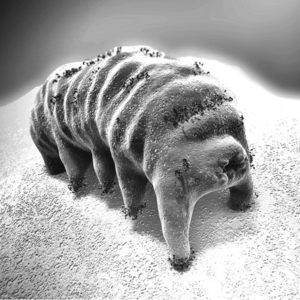This winter, norovirus outbreaks surged across the U.S., with cases nearly doubling from last year, according to the CDC. Schools, cruise ships, nursing homes and healthcare facilities saw widespread illness, underscoring the urgent need for a norovirus vaccine.
Each year, norovirus causes 685 million infections worldwide and is the leading cause of foodborne illness in the U.S., responsible for 21 million cases annually. Despite its massive impact, there is still no approved vaccine—but recent advancements suggest that this could change.
science
No Horsin’ around with Halal Meat Authentication
Today’s blog is written by guest blogger, Sameer Moorji, Director, Applied Markets.
People’s diets are frequently influenced by a wide range of variables; with environment, socioeconomic status, religion, and culture being a few of the key influencers. The Muslim community serves as one illustration of how culture and religion can hold influence over people’s eating habits.

Muslims, who adhere to Islamic teachings derived from the Qur’an, frequently base dietary choices on a food’s halal status, whether it is permissible to consume, or haram status, forbidden to consume. With the population of Muslims expected to expand from 1.6 billion in 2010 to 2.2 billion by 2030, the demand for halal products is anticipated to surge (2).
By 2030, the global halal meat market is projected to reach over $300 billion dollars, with Asia-Pacific and the Middle East regions being the largest consumers and producers of halal meat products (3). Furthermore, increasing awareness and popularity of halal meat among non-Muslim consumers, as well as strengthening preference for ethical and high-quality meat, are all contributing to demand.
Continue reading “No Horsin’ around with Halal Meat Authentication”2023 Promega iGEM Grant Winners: Tackling Global Problems with Synthetic Biology Solutions
On June 15, 2023, we announced the winners of the 2023 Promega iGEM grant. Sixty-five teams submitted applications prior to the deadline with projects ranging from creating a biosensor to detect water pollution to solving limitations for CAR-T therapy in solid tumors. The teams are asking tough questions and providing thoughtful answers as they work to tackle global problems with synthetic biology solutions. Unfortunately, we could only award nine grants. Below are summaries of the problems this year’s Promega grant winners are addressing.
UCSC iGEM
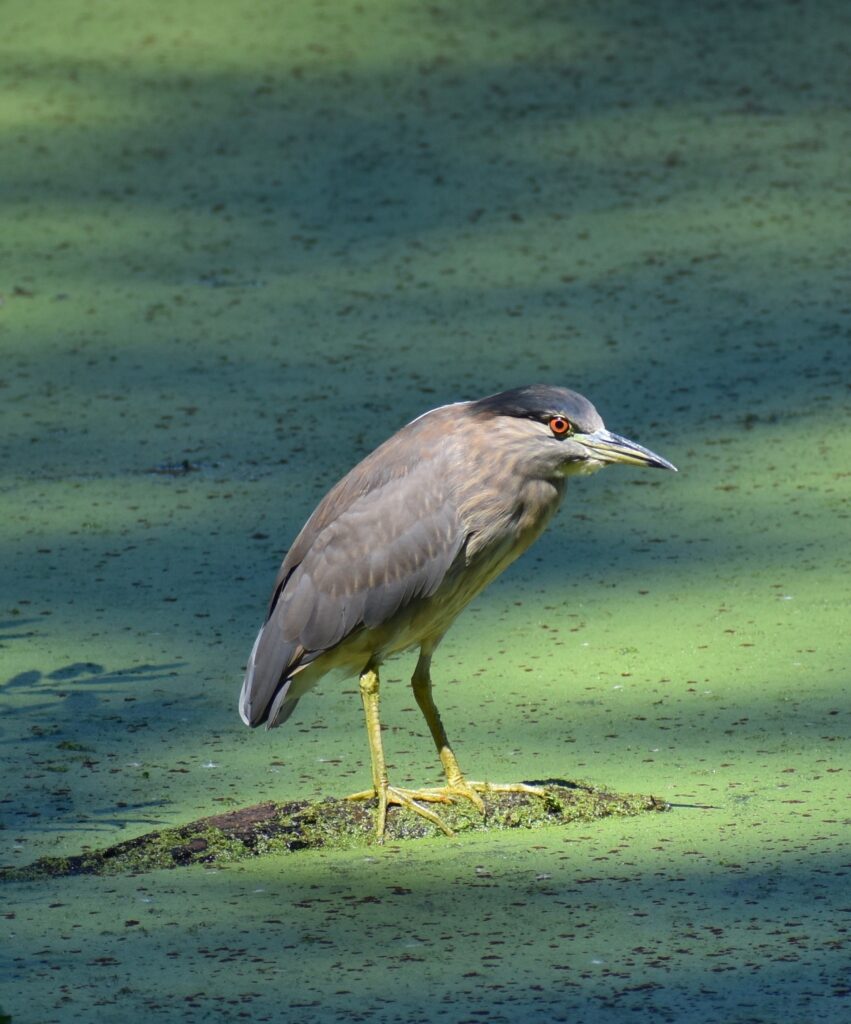
The UCSC iGEM team from the University of California–Santa Cruz is seeking a solution to mitigate the harmful algal blooms caused by Microcystis aeruginosa in Pinto Lake, which is located in the center of a disadvantaged community and is a water source for crop irrigation. By engineering an organism to produce microcystin degrading enzymes found in certain Sphingopyxis bacteria, the goal is to reduce microcystin toxin levels in the water. The project involves isolating the genes of interest, testing their efficacy in E. coli, evaluating enzyme production and product degradation, and ultimately transforming all three genes into a single organism. The approach of in-situ enzyme production offers a potential solution without introducing modified organisms into the environment, as the enzymes naturally degrade over time.
IISc-Bengaluru
Endometriosis is a condition that affects roughly 190 million (10%) women of reproductive age worldwide. Currently, there is no treatment for endometriosis except surgery and hormonal therapy, and both approaches have limitations. The IISc-Bengaluru team at the Indian Institute of Science, Bengaluru, India, received 2023 Promega iGEM grant support to investigate the inflammatory nature of endometriosis by targeting IL-8 (interleukin-8) a cytokine. Research by other groups has snow that targeting IL-8 can reduce endometriotic tissue. This team will be attempting to create an mRNA vaccine to introduce mRNA for antibody against IL-8 into affected tissue. The team is devising a new delivery mechanism using aptides to maximize the delivery of the vaccine to the affected tissues.
Continue reading “2023 Promega iGEM Grant Winners: Tackling Global Problems with Synthetic Biology Solutions”Kornberg Innovation Seminars: Inspiring Creativity in Promega R&D

“Are you going to the talk?”
The refrain regularly echoes through the halls of every academic lab building. During our education, we’re treated to a non-stop supply of speakers on every subject we can imagine. Prestigious speaker series gave us chances to hear from some of the world’s most prominent experts on subjects that would shape scientific pursuits for the next decade and beyond. When we leave academia, however, it can be difficult to find those same opportunities to learn. Sure, there are lab meetings and conferences, but when can you be treated to a renowned expert giving a talk just down the hall?
Promega Head of Biology Frank Fan aimed to address that problem when he developed a plan for the Kornberg Innovation Seminars (KIS), a recurring speaker series to be held in the new home for Promega R&D. Kornberg Center is an environment where Promega scientists are challenged to think outside-the-box and anticipate the challenges life science researchers will be facing tomorrow. Frank believed that opportunities to learn from a wide variety of guest experts would be critical for inspiring that type of thinking.
“Promega R&D focuses on understanding scientists’ needs and providing novel solutions,” Frank says. “The KIS program is about helping us achieve that vision.”
Continue reading “Kornberg Innovation Seminars: Inspiring Creativity in Promega R&D”2020 Promega Award for Biochemistry Recognizes Viral Research, Protein Engineering
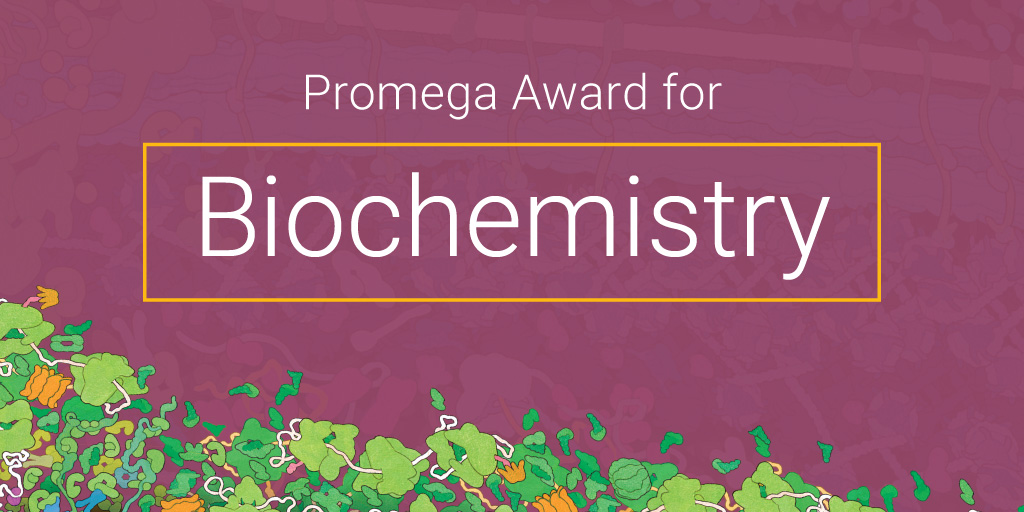
The 2020 Promega Award for Biochemistry ceremony was a bit different this year. Promega Beijing typically announces the award recipients in a ceremony at the biannual meeting of the Chinese Society of Biochemistry and Molecular Biology (CSBMB). As a result of the COVID-19 pandemic, the 2020 conference was moved online. Despite the unusual circumstances, Promega Beijing held a virtual ceremony to grant the award to Dr. Peng Chen and Dr. Haitao Yang.
Continue reading “2020 Promega Award for Biochemistry Recognizes Viral Research, Protein Engineering”Tips for Successful Dual-Reporter Assays
Updated 02/12/2021
Previously, we described some of the advantages of using dual-reporter assays (such as the Dual-Luciferase®, Dual-Glo® Luciferase and the Nano-Glo® Dual-Luciferase® Systems). Another post describes how to choose the best dual-reporter assay for your experiments. For an overview of luciferase-based reporter gene assays, see this short video:
These assays are relatively easy to understand in principle. Use a primary and secondary reporter vector transiently transfected into your favorite mammalian cell line. The primary reporter is commonly used as a marker for a gene, promoter, or response element of interest. The secondary reporter drives a steady level of expression of a different marker. We can use that second marker to normalize the changes in expression of the primary under the assumption that the secondary marker is unaffected by what is being experimentally manipulated.
While there are many advantages to dual-reporter assays, they require careful planning to avoid common pitfalls. Here’s what you can do to avoid repeating some of the common mistakes we see with new users:
Continue reading “Tips for Successful Dual-Reporter Assays”WiSciFest 2019: A Retrospective
This past weekend was the 9th Annual Wisconsin Science Festival, and we at Promega were excited to join in the celebration of science throughout the state. We participated in the Discovery Expo on Thursday and Friday, where dozens of demonstrations and exhibits were scattered throughout the Wisconsin Institute for Discovery building. Thousands of children on field trips filled the halls, eager to poke and prod at strange and exciting new things.
At our table, we talked about the science of bioluminescence. With 3D-printed firefly luciferase models in hand, we showed the glow of recombinant luciferase to the incoming children and explained to them how scientists could use bioluminescence like a tiny “flashlight” to look inside of cells and watch what’s happening. Our learners received a nice little reward for their attentiveness in the form of glow-in-the-dark firefly stickers.
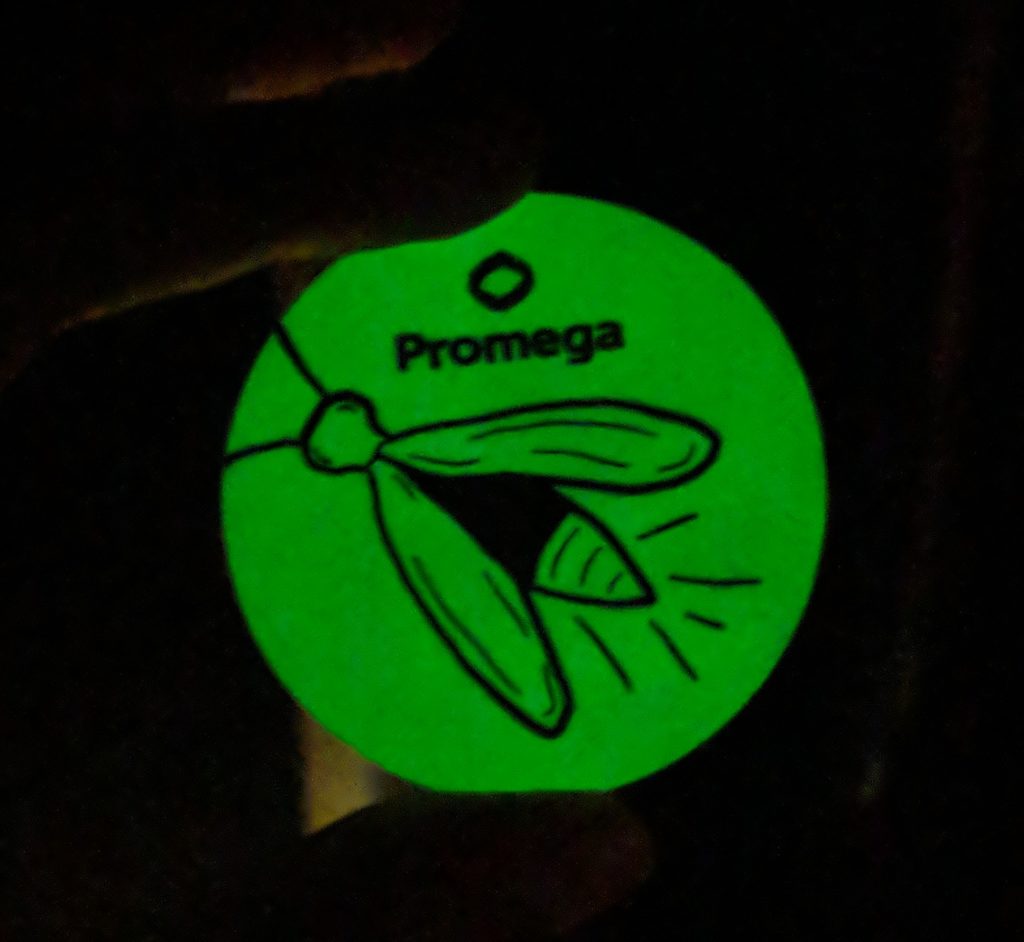
Eight Considerations for Getting the Best Data from Your Luminescent Assays
The stage is set. You’ve spent days setting up this experiment. Your bench is spotless. All the materials you need to finally collect data are laid neatly before you. You fetch your cells from the incubator, add your detection reagents, and carefully slide the assay plate into the luminometer. It whirs and buzzes, and data begin to appear on the computer screen. But wait!

Don’t let this dramatic person be you. Here are 8 tips from us on things to watch out for before you start your next luminescent assay. Make sure you’ll be getting good data before wasting precious sample!
Continue reading “Eight Considerations for Getting the Best Data from Your Luminescent Assays”
Cloning Modified Blunt-ended DNA Fragments into T-Vectors
Tailing blunt-ended DNA fragments with TaqDNA Polymerase allows efficient cloning of these fragments into T-Vectors such as the pGEM®-T Vectors. This method also eliminates some of the requirements of conventional blunt-end cloning — Fewer steps, who can argue with that?
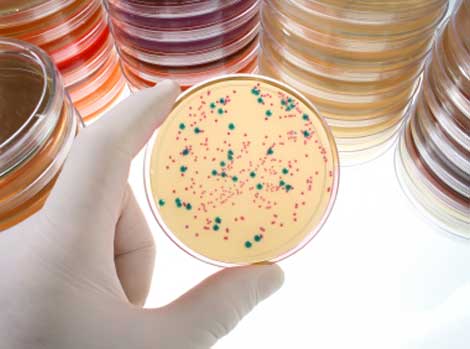
Continue reading “Cloning Modified Blunt-ended DNA Fragments into T-Vectors”
5 of Our Favorite Blogs from 2018
We have published 130 blogs here at Promega this year (not including this one). I diligently reviewed every single one and compiled a list of the best 8.5%, then asked my coworkers to vote on the top 5 out of that subset. Here are their picks:
1. The Amazing, Indestructible—and Cuddly—Tardigrade
No surprises here, everyone loves water bears. Kelly Grooms knows what the people want.
